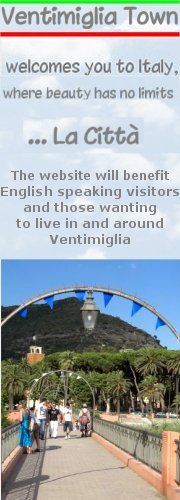General Articles
Public spaces, private moments
By Julia Moore
On a recent trip to London, I had a rare occasion to stay at a South London hotel, overlooking a large heathland. Breaking the usual pattern of staying with pals/friends, I had opportunity to stop and stare at a familiar landscape and to view it from a different perspective. As a child, I enjoyed the rare pop-in to neighbouring houses and to view our house/garden from an unfamiliar angle - seeing my bedroom, or our garden from its matching, next-door zone was always intriguing.

So, back to the heathland.. I’m sure there must be research, out there, somewhere, which has focused on how, over their history, public spaces have been used. I would like to know, for example, if there have always been joggers/runners, pushing old ladies out of the way and scaring the dogs - and did women jog in the days of modesty and costume-torture? I like to think that they did - at night, in protective groups, liberated from their corsets and hair-dressings, revelling in their secret freedom, and sweating like there’s no tomorrow. I also wonder whether public spaces, heathland, especially, have always been used for semi-commercial activities. The growing army of personal trainers have a natural gym, for example, with the creative use of trees (as anchor-points for exercise ropes), unlimited running track, various structures to use as training equipment. Many public spaces now have heavy-duty gym-type equipment, free for use.
Over the course of travel, observation of public spaces reflects the culture and habitation of residents. In Old-style Soviet Union, it was commonplace to make a visit to a public monument, best set in a park, to have wedding photos taken. How the municipality decide on the decorations of public spaces, too, reflects history and culture...in the UK, the Victorian-era still sustains, with bandstands, cafes - a throwback to the industrial revolution boom, when the emerging working classes, and service-sector nannies needed places of recreation. In France, one notices the trend in celebrating war marshalls of First and Second World Wars. In Croatia- again, given its history of ping-pong ownership between Hungary and Italy, and Austrian influence, the celebration of writers, poets and pioneers of socio-political movements seem to prevail. As you would imagine, in the US, where park-space usually occupies the same zone area as Wales, many public spaces are used for art-scape, sculpture, whilst, on the Côte d’Azur, the relatively new central park in Nice aims to mimic the underground river on which it stands.
As municipal parks become subject to the same budgetary scrutiny as any other public service, it remains to be seen what impact there will be when private companies take control. There is precedent for some nominal charging for specific facilities, eg outdoor pools/lidos, and venture bean-counters might see opportunities for further commercial licences (professional dog-walking groups are keeping an eye on this).
How we continue to interact with our public space, as we become more atomised with our smartphones, will continue to reflect the contemporary environment, but a community facility is in danger of becoming yet another public space in which we can be anonymous, rather than aware of each other, and things.



